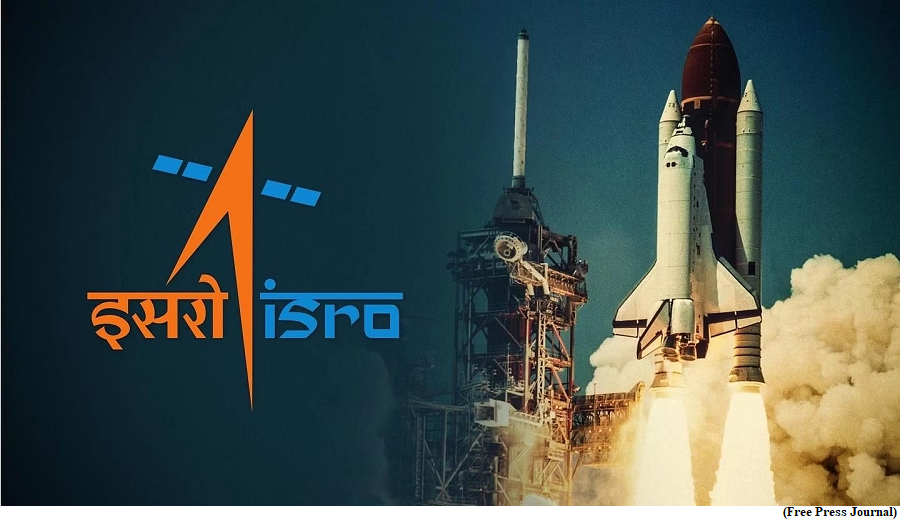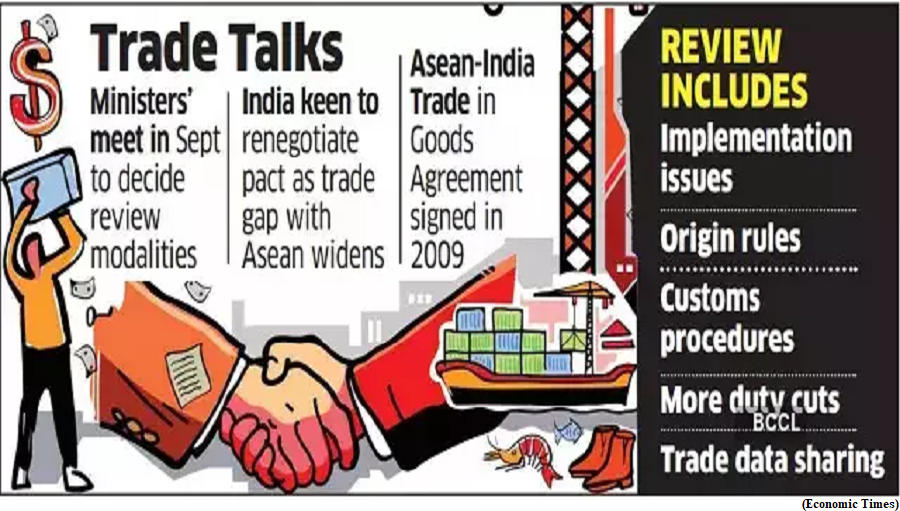SC proposes expert panel for comprehensive study of Indian Himalayan region (GS Paper 3, Environment)

Why in news?
- The Supreme Court recently mooted constituting an expert committee for conducting a ‘complete and comprehensive’ study on the carrying capacity of the Himalayan region in the country.
- The unplanned development in the Himalayan region has caused devastation in recent times.
- The carrying capacity is the maximum population size that an ecosystem can sustain without getting degraded.
Plea before SC:
- A bench headed by Chief Justice was hearing a plea seeking an assessment of the carrying capacity and master plans for the Indian Himalayan Region spanning 13 states and union territories.
- The petitioner told the bench there was a need for a comprehensive study by expert institutions as devastation was noticed almost every single day in the Himalayan region.
- The bench asked the petitioner to give it a small note proposing which those expert institutions should be and what should be the broad terms of reference for such a panel.
Why expert committee matters?
- Due to non-existent carrying/bearing capacity studies, grave geological hazards in the form of landslides, land subsidence, land cracking and sinking issues such as that in Joshimath are being witnessed and serious ecological and environmental depredation are taking place in the hills.
- Almost all hill stations, pilgrimage places and other tourism destinations spread over the Dhauladhar Circuit, Satluj Circuit, Beas Circuit and Tribal Circuit in Himachal Pradesh also remain hugely burdened and are almost on the brink of collapse with no carrying capacities assessed for any of the places in the state.
ISRO's next Moon mission in collaboration with Japanese space agency gathers steam
(GS Paper 3, Science and Technology)
Why in news?
- ISRO's next likely Moon mission is in partnership with its Japanese counterpart.
- Lunar Polar Exploration Mission (LUPEX) is a collaborative venture between Japan Aerospace Exploration Agency (JAXA) and the Indian Space Research Organisation (ISRO).

Details:
- JAXA and ISRO are developing the rover and lander, respectively.
- The rover will carry not only the instruments of ISRO and JAXA but also those of US space agency NASA and European Space Agency (ESA).
Aim:
- The LUPEX mission is aimed at
- exploring lunar polar region suitability for establishing a base on the Moon for sustainable activities;
- obtaining knowledge regarding the availability of lunar water-ice resources, and
- demonstrating lunar and planetary surface exploration technologies such as vehicular transport and overnight survival.
Instruments onboard:
- Ahmedabad-based Physical Research Laboratory (PRL), an autonomous unit of the Department of Space, has proposed multiple instruments in the LUPEX mission mainly to carry out measurements on the surface and subsurface near the permanently shadowed polar region of the Moon.
- The objective of one of the proposed instruments; Permittivity and Thermo-physical investigation for Moon's Aquatic Scout (PRATHIMA) is in-situ detection and quantification of water-ice mixed with lunar surface and sub-surface soil using a rover/lander platform.
- The aim of another proposed instrument; Lunar Electrostatic Dust EXperiment (LEDEX) is to detect the presence of charged dust particles and to confirm the dust levitation process in the volatile-rich polar region, and to estimate approximate dust size and flux of charged, levitated dust particles.
Way Forward:
- The LUPEX mission is slated to be launched in the year 2025.
India, ASEAN agree to review goods trade pact by 2025 to fix ‘asymmetry’
(GS Paper 2, International Organisation)
Why in news?
- India and the ASEAN countries reached an agreement recently to review their free trade pact for goods and set a 2025 goalpost for concluding the review aimed at addressing the “asymmetry” in bilateral trade.

Review by AITIGA:
- A Joint Committee of the ASEAN-India Trade in Goods Agreement (AITIGA), signed in 2009, deliberated on the roadmap for the review of the pact and finalised the terms of reference for the fresh negotiations.
- The AITIGA review will now be taken up at the India-ASEAN Leaders’ Summit scheduled in early September for further guidance.
What’s next?
- The Ministers at the India-ASEAN Leaders’ Summit agreed to follow a quarterly schedule of negotiations and conclude the review in 2025.
- The review of AITIGA is expected to enhance and diversify trade while addressing the current asymmetry in the bilateral trade.
India-ASEAN trade:
- In 2022-23, India’s exports to ASEAN increased to $44 billion from $42.32 billion in 2021-22. Imports, however, grew faster jumped to $87.57 billion in 2022-23 against $68 billion a year ago.
- The trade deficit widened to $43.57 billion in the last financial year, from $25.76 billion in 2021-22. It was just $5 billion in 2010-11.
- Apart from the widening trade deficit, India has been worried about the routing of goods from third countries in India through ASEAN countries members by taking the duty advantages of the agreement.
About ASEAN:
- ASEAN was established on 8th August 1967 in Bangkok, Thailand with the signing of the Bangkok Declaration by the founding fathers of the countries of Indonesia, Malaysia, Thailand, Singapore, and the Philippines.
- The preceding organisation was the Association of Southeast Asia (ASA) comprising of Thailand, the Philippines, and Malaysia.
- ASEAN members include Brunei, Cambodia, Indonesia, Laos, Malaysia, Myanmar, the Philippines, Singapore, Thailand, and Vietnam.




